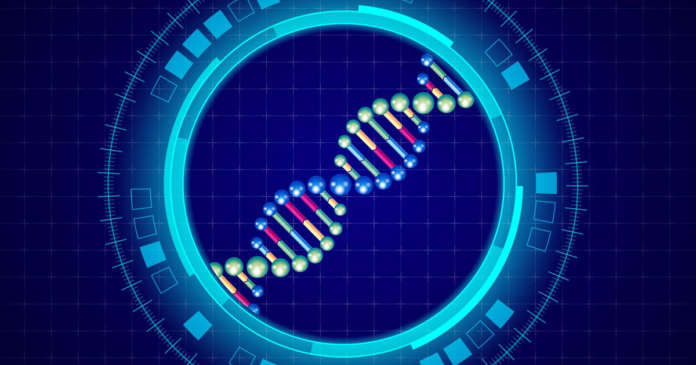Texas politicians who propose archiving DNA from children are correct: DNA can be used to identify dead children. With the 2022 governor’s election behind us, we can expect that gun restrictions in Texas will not be passed anytime soon. So, if we must prepare to identify more dead children (instead of preventing their deaths), DNA data from children needs to be used responsibly, but the current plan poses serious risks and inefficiencies.
Following Columbine, Sandy Hook and now again the Uvalde school killings, there are calls for the archiving of DNA from U.S. children in case they are killed in a mass shooting. Indeed, when a child is gunned down in a classroom, the obliterated remains of that child can be difficult for a parent to see, much less identify.
As we have learned from hurricanes and other disasters, a DNA-led effort can be expeditious and appropriate if protections are in place for disaster victim identification and potentially for reunification of living families. This Texas program is forward-thinking and has few risks but is impractical and flawed as a policy priority.
The plan in Texas is to provide parents with kits to have the option to collect fingerprints, DNA and other identifying information from children. Parents would be asked to store the sealed envelopes containing the DNA reference samples to later be handed over to law enforcement in case the DNA is one day needed following a disaster or attack on a school. It is not the intent of Texas to create a government-based DNA database. However, if the government were to process the DNA for identification information, then it would have access to a wealth of sensitive information about children’s relationships and health.
Samples held by the government also could be subpoenaed at any time for criminal justice purposes or even a paternity lawsuit. DNA from children that could one day be used against them or their families should not be entrusted to any government branch, even the Texas Education Agency.
The Texas plan to have parents guard the envelopes (rather than law enforcement) is sound but impractical. In the event of a disaster requiring these samples, rather than asking distressed parents for stored envelopes with samples that might have degraded, it would be far more efficient to simply take the parents’ DNA samples for relationship testing, as was done following the Uvalde attack.
If efficiency and equity are goals, then all schoolchildren’s samples, with guardians’ consent, could be kept by a central trusted entity, just not the government. Third parties that collaborate with government entities, who are devoted to protecting family rights and well-being, are needed to manage, oversee and analyze children’s samples. Perhaps the samples should be held by an intergovernmental organization, immune to government or law enforcement subpoena. Or perhaps they should be held by a state or federal medical authority, protected at least to the degree newborn blood samples are protected (which isn’t perfect either). Or perhaps there are other strategies not yet deliberated, like a universal database with privacy protection measures and controls.
A DNA-led identification system can be useful to reunite our dead children’s remains with their parents and relatives, but let’s develop a system that will be of greatest utility and least harm to the families it would serve. However, cataloging DNA of the nation’s children will not prevent gun deaths. This conciliatory gesture feels like an empty one that promises to do something while having no actual effect when the next disaster strikes. At this point in policy development after Uvalde, a better place to start might be a policy to avoid having to identify dead children.
Sara Huston Katsanis and Elizabeth Barnert are pediatrics, trauma and genetics policy experts, working alongside scholars as part of the DNA Bridge consortium to use DNA data for reunifying families. Katsanis is from Austin and is now a research assistant professor at Lurie Children’s Hospital of Chicago and Northwestern University; Barnert is an associate professor of pediatrics at UCLA and author of Reunion about DNA use for family reunification of El Salvador’s disappeared children. The comments herein are their own and not reflections of their professional affiliations. They wrote this column for The Dallas Morning News.
We welcome your thoughts in a letter to the editor. See the guidelines and submit your letter here.



